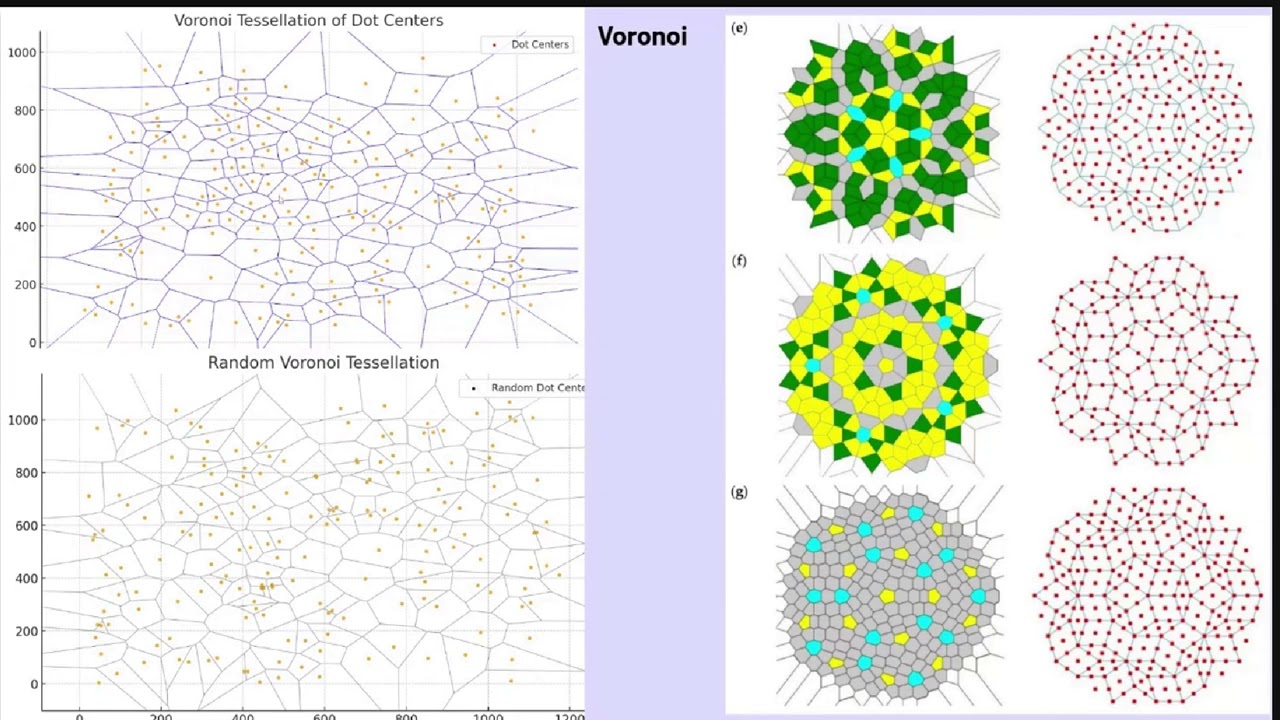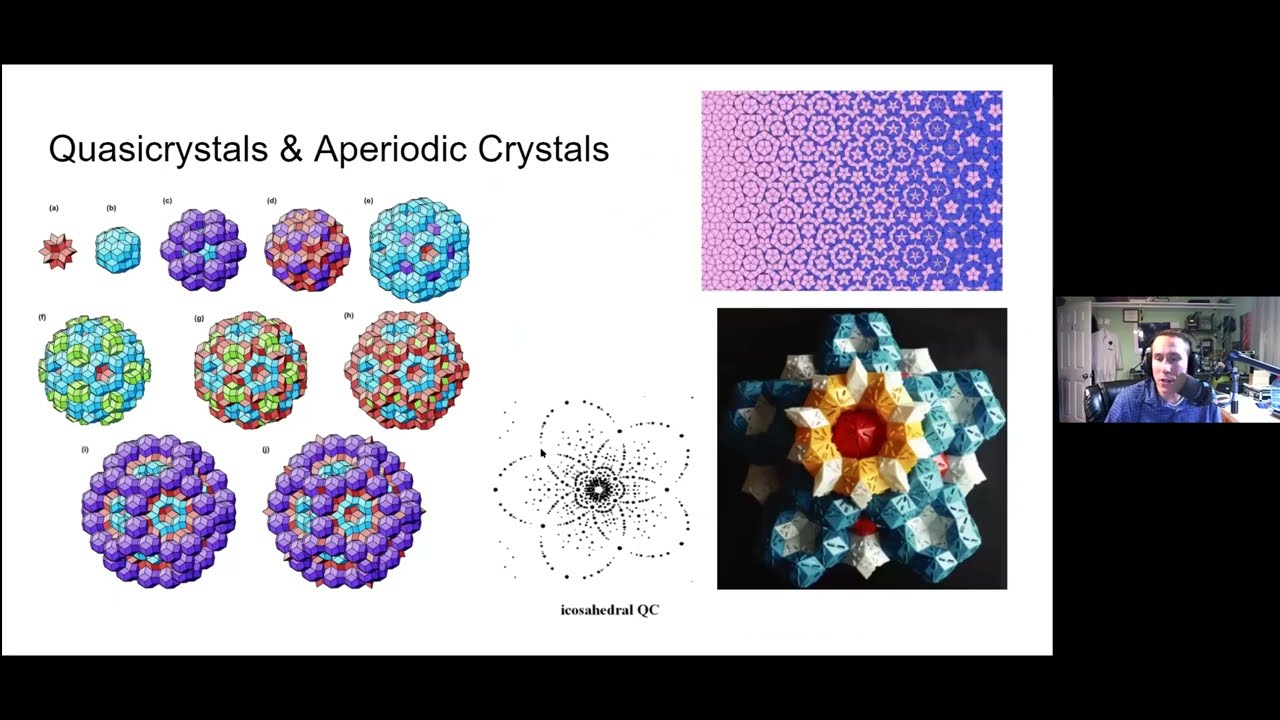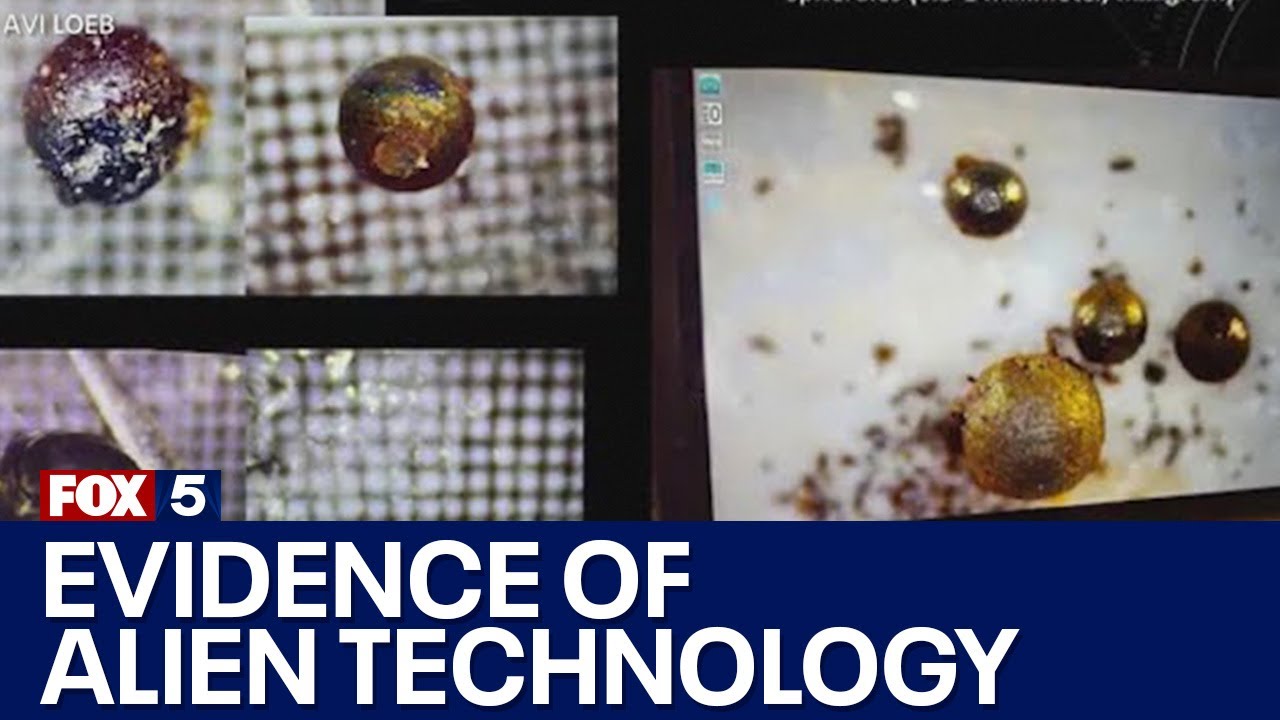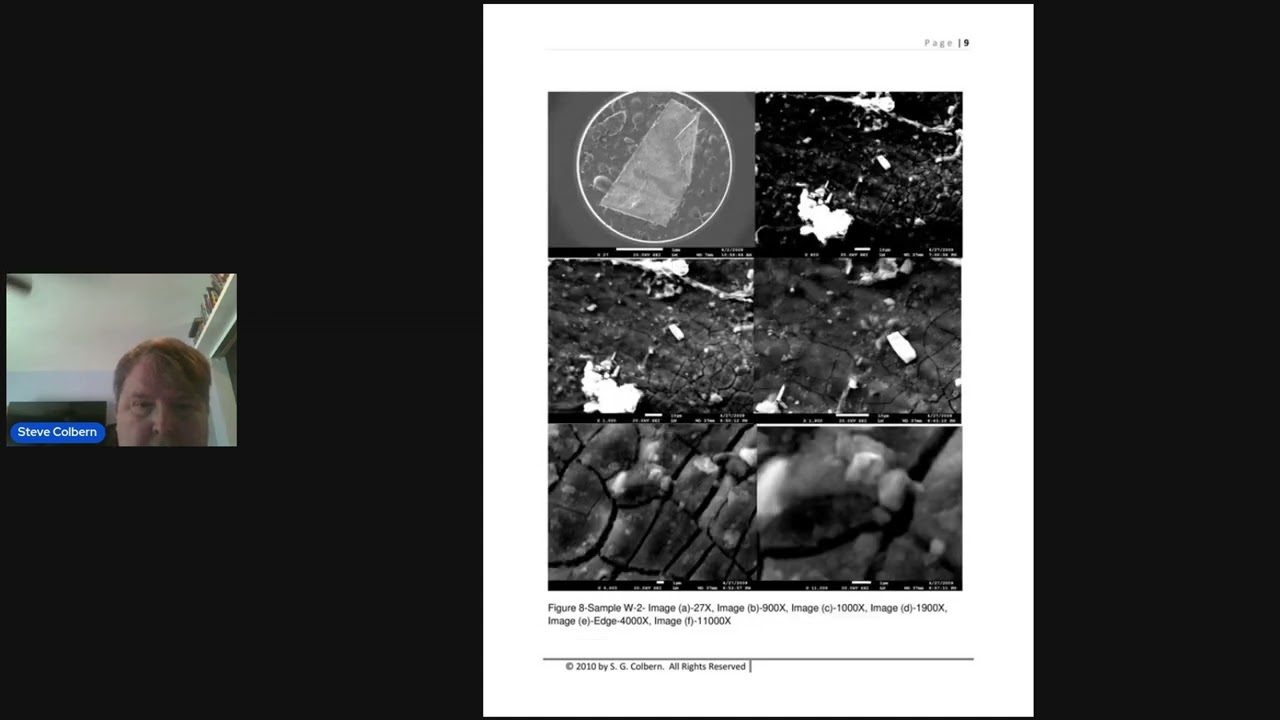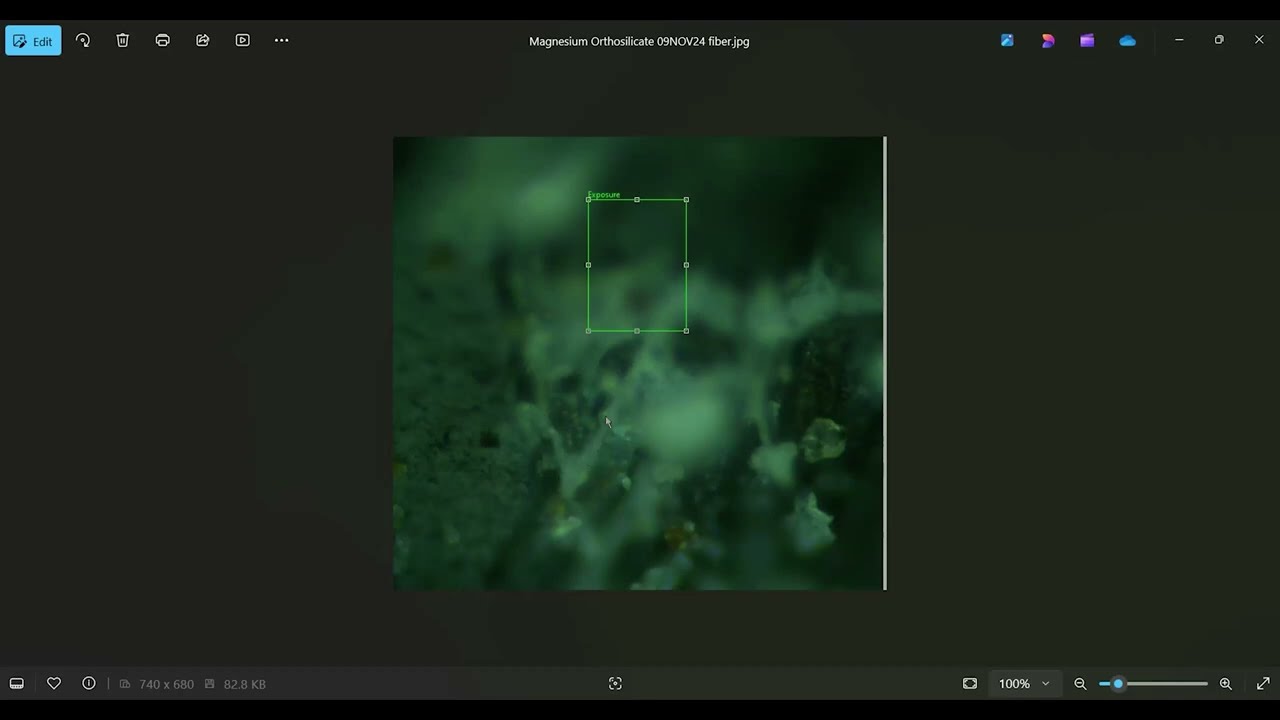Angel Hair: Exotic Fibers in UFOs
Larry Lemke expands on previous research into Roswell “memory foil,” introducing new data on “angel hair” fibers from a 1945 incident near the Trinity atomic bomb test site. Witnesses described these luminous, rainbow-colored fibers as causing a “pinching” sensation upon contact. Analysis suggests the fibers’ self-luminosity may be explained by blue-shifted black body radiation, a finding supported by witness testimony independently corroborating a color temperature of approximately 6000 Kelvin. The fibers’ unusual properties, including resistance to melting and a potential repulsive anti-gravitating field, link them to the memory foil, suggesting both are manifestations of a broader, potentially engineered, negative mass technology. The presentation concludes by questioning the qualitative difference between the small-scale effects observed in the foil and fibers and the large-scale spacetime manipulation theorized in concepts like the Alcubierre drive.
A New Piece of the Puzzle: Angel Hair from the Trinity Site
The presentation built upon previous work on Roswell’s “memory foil,” introducing compelling new evidence concerning “angel hair” fibers. This material, sourced from the book “Trinity” by Jacques Vallée and Paola Harris, originates from an incident near the Trinity atomic bomb test site in San Antonio, New Mexico, on August 16, 1945. Two young boys, Jose Padilla and Remy Baca, witnessed a crash, discovering a damaged radio beacon tower and a debris field strewn with unusual white, wispy fibers.
The Extraordinary Properties of Angel Hair
These fibers, described as thin and silky with a diameter similar to human hair (significantly larger than typical fiberglass), exhibited astonishing properties:
- •Self-luminescence: They emitted a faint, rainbow-colored light.
- •Non-melting: They withstood the intense heat of an oxy-acetylene torch.
- •Painful Contact: Contact with the skin caused a transient, pinprick-like pain.
- •Non-tangling: Unlike typical fibers, they didn’t tangle.
Remarkably, these characteristics share striking similarities with the previously discussed Roswell memory foil.
Eyewitness Testimony and Scientific Scrutiny
The presenter personally interviewed Jose Padilla and his niece, corroborating the self-luminescence and the unique “pinch effect” upon skin contact. The self-luminescence was investigated, ruling out radioactive explanations due to the observed rainbow effect. The color wasn’t consistent with cathode ray tubes, leading the investigation towards black body radiation as a potential explanation.
To further validate the eyewitness accounts, the presenter employed a clever approach. Understanding that color perception is complex, involving the interaction of the light source’s spectral distribution and the human eye’s receptor sensitivity, the presenter showed the witnesses a Planckian locus – a chart illustrating the relationship between color temperature and perceived color. Both witnesses, independently and without prior knowledge of black body radiation, identified a color temperature of approximately 6000 Kelvin.
A Possible Explanation: Blue-Shifted Black Body Radiation and Anti-Gravity
While the angel hair’s internal temperature wasn’t 6000 Kelvin, the blue-shifted black body radiation offers a plausible explanation for the observed color. Furthermore, the resistance to melting and the unique properties of the material suggest the presence of a repulsive, anti-gravitating field. This aligns with the witnesses’ descriptions of the memory foil’s origami-like properties and its tendency to spontaneously unfold.
Connecting the Dots: Two Crashes, One Technology?
The presentation linked the 1945 San Antonio incident to the more famous 1947 Corona, New Mexico, crash, suggesting both involved materials with anti-gravitating fields. This expands the scope of the memory foil phenomenon, positioning it as part of a broader, potentially advanced technology. The presenter hypothesized that both the foil and the fibers might represent negative mass matter engineered into normal matter, a concept known as a Bondi pair.
The Bigger Picture: Implications for Advanced Propulsion
The presentation concluded with a thought-provoking question: Is the small-scale negative mass effect observed in the foil and fibers qualitatively different from the large-scale spacetime engineering proposed in concepts like the Alcubierre drive? The presenter suggested that the small-scale effect appears unitary in direction and constant in intensity, unlike the more complex control required for large-scale spacetime manipulation.
The mystery of “angel hair” adds another layer of complexity to the Roswell enigma, prompting further investigation into the potential existence of advanced technologies and materials far beyond our current understanding. The presentation’s rigorous scientific approach and compelling eyewitness accounts offer a fresh perspective on one of the most enduring mysteries of the 20th century.
Register For UFORev
Want to see more great UFO Reverse Engineering stories? Sign up for our mailing list to get exclusive access to captivating presentations, engaging events, and more!
RECENT POSTS
Art’s Parts Sample May Contain Quasicrystals
April 7, 2025
Space Age Materials for UFO Reverse Engineering
April 7, 2025
Harvard Physicist May Have Found Alien Technology
April 7, 2025
San Augustin: UFO Crash Recovery Sample Analysis
April 6, 2025
Art’s Parts: Metallurgical Microscope Analysis
April 6, 2025
